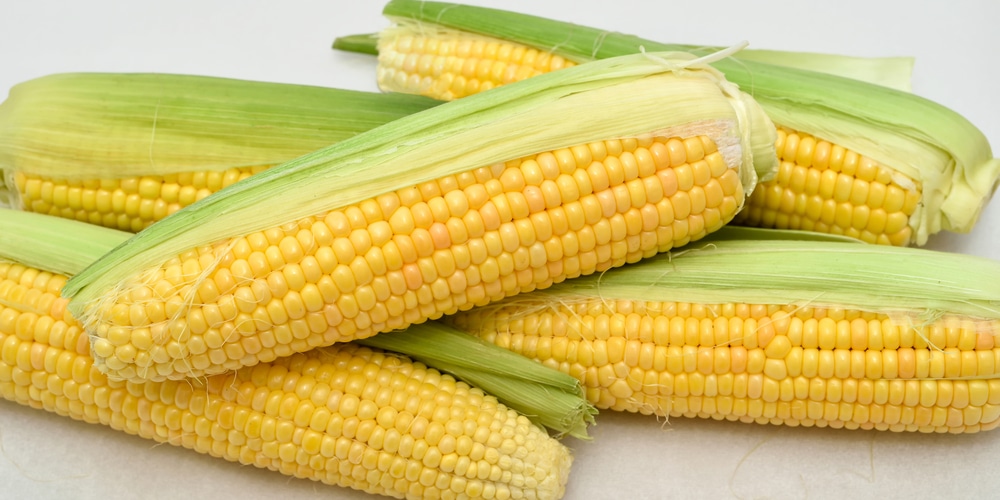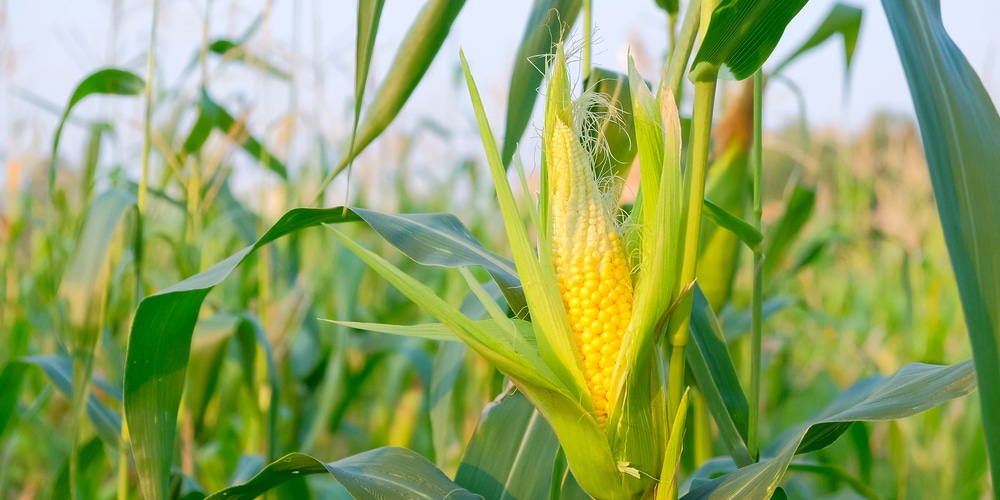Everyone loves good corn on the cob, but did you also know that corn can be used to make things? You can eat it, of course, but there are a lot of other foods you can create using corn. Corn is versatile, and if you have your garden, why not try growing some corn? Let’s look at when to plant corn in Tennessee?
When and Where To Plant Corn in Tennessee?

Corn is one of the best vegetables to plant in Tennessee, but where and when to plant corn in Tennessee? The best time to plant corn is in early spring when the ground has thawed and the weather has warmed up enough for seeds to germinate in the soil. Ensure that your soil is prepared for planting by getting rid of weeds and grass and adding fertilizer and compost (for nutrients).
Make sure that you plant corn in a place where it will get the right amount of sunlight each day. Corn needs to be planted in an area with at least 6 hours of sunlight. Corn also needs lots of space. You should make sure there is enough room for 4-6 plants per person, depending on how much corn you want everyone who lives with you to have access to.
How Much Soil Is Needed For Planting Corn?
One important thing to remember when planting corn is that you should not just plant one or two seeds and hope for the best. It would be best to make sure at least 4-6 plants grow in a “hill” of soil.
When you plant your corn, make a hill of soil about 8 inches high and about 10 inches wide. Make a small dent in the center of the hill with your index finger and drop 2-3 seeds into it (make sure they aren’t touching each other). Then cover them with more dirt from the hill.
Once all of your hills have been planted, water them until the dirt has soaked up all of the water it can hold. Then add more water to keep everything moist for germination (when the seed sprouts and starts to grow).
Young corn plants need to be watered daily because they are not well-suited to dry environments. Young corn plants also need lots of space between them to grow tall.
When the plant is about 6 inches tall, its roots will have filled up all of the soil in its hill, so you can stop watering it every day. The more sun your young plants get, the better. They are tender when they are young so try not to put them where bigger plants might shade them out.
Do not worry if some of your young corn plants do not survive. It happens sometimes. Just wait until the remaining ones have grown 4-6 leaves before you start giving them water every day again. These plants should handle dry weather pretty well by now (if they survived the first week).
Where To Get Seeds For Growing Corn?
If you are lucky enough to live in an area where you can purchase seeds, then all you will need is a reliable store that sells good quality seeds for your corn growing needs (make sure they sell “corn” seeds and not “maize” seeds which are different).
If you do not have access to this kind of store, don’t worry! You can order some high-quality vegetable seeds online.
Planting And Harvesting Tips
Make sure that if you live in a place with a colder climate, you plant your corn in the middle of spring when the weather has warmed up enough for your seeds to sprout on time.
When planting corn, make sure to plant four or five seeds per hill about an inch (2.5cm) deep and space each seed about 6-8 inches (15-20 cm) apart from each other.
After they start growing, thin out any excess plants so that there are only one or two left in each hole/hill. Make sure that you leave some room between hills. This will allow airflow around the stalks of corn, so they do not get too hot inside once they have started growing!
Another tip is to water your corn regularly, especially if it hasn’t rained recently. If you live in an area that gets very hot during the daytime and is more breezy, make sure to plant corn on the side of your garden to get protection from the wind so it can grow as big as possible.
Once the pollen has begun to fall from the male tassels onto the ears of corn, they will be ready for harvest! If you want to test if they are ripe enough before harvesting, pick one cob and pull back its husk. If half of its silk threads inside turn brown (they should feel like paper), then it’s ready for picking and eating.
When to Plant Corn in Tennessee?: Conclusion
So now that you know how to plant and harvest corn in Tennessee, what are you waiting for? Go out there and start growing some corn today!
Related:

